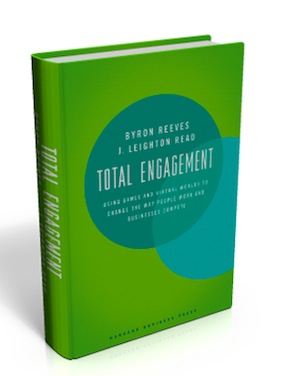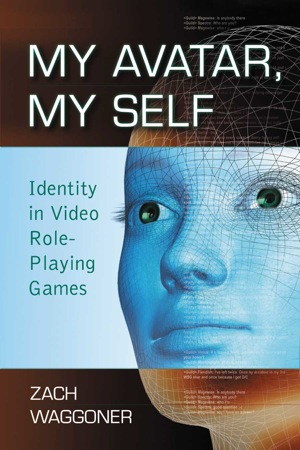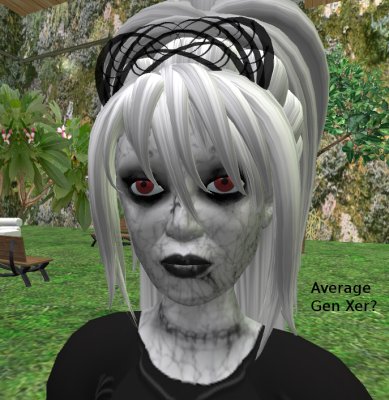 Byron Reeves is a Stanford University Professor and Co-Director of the Human Sciences and Technologies Advanced Research Institute. J. Leighton Read is a serial entrepreneur and CEO with an interest in the psychological aspects of gaming.
Byron Reeves is a Stanford University Professor and Co-Director of the Human Sciences and Technologies Advanced Research Institute. J. Leighton Read is a serial entrepreneur and CEO with an interest in the psychological aspects of gaming.
The premise of the book is the potential for games to become central in the workplace. It sounds a far-fetched premise initially, but that’s the power of the discussion put forward by the authors: they provide cogent, well-informed examples of how gaming within business could work. The focus is primarily MMOs, for a number of reasons, including:
1. They contain “the most counterstereotypical roster of players”, hence being the most worthwhile population from which to apply findings.
2. MMO players tend to have a higher level of engagement with their game and spend on average much more time per week than a solo gamer.
3. The dynamics of raids, quests etc tend to provide situations where teamwork and leadership can come to the fore.
After establishing its premise, the book goes on to provide some fascinating examples of work problems a gaming framework could solve, as well as some fairly detailed discussion around virtual teams, virtual leadership, virtual money and the link between play and work. There’s a useful summary at the end and a handful of tactics to actually start implementing some of the examples given. As the authors themselves say, one of the best tactics for any business is to harness the knowledge of the gamers in its midst.
Overall, this is a very engaging read with realistic, well thought out examples. For anyone interested in the applicability of virtual environments to the workplace, it’s a must-read. For the dedicated gamer who also happens to work for a large organisation, there’s also plenty of information to get you thinking about advocating for change.
The final world goes to one of the authors. Here’s a presentation from Byron Reeves on the topic of the book:
Byron Reeves – fbFund REV, 7/31/09 – Part 1 of 2 (Version 2), “Work Sucks – Games are great” from fbFund REV on Vimeo.
You can buy Total Engagement from our own bookshop, Amazon direct or a local online bookshop like Dymocks.


Recent Comments